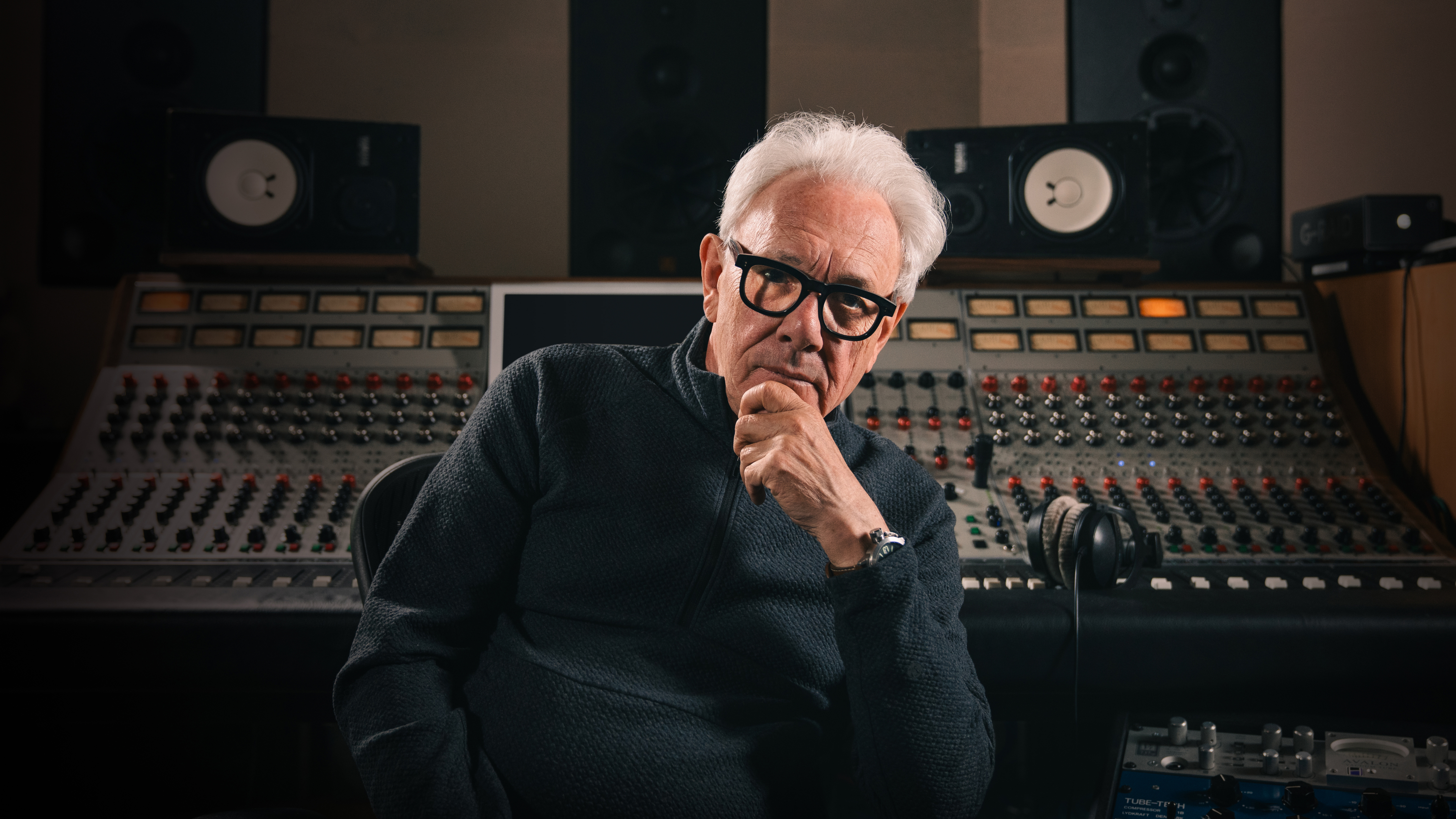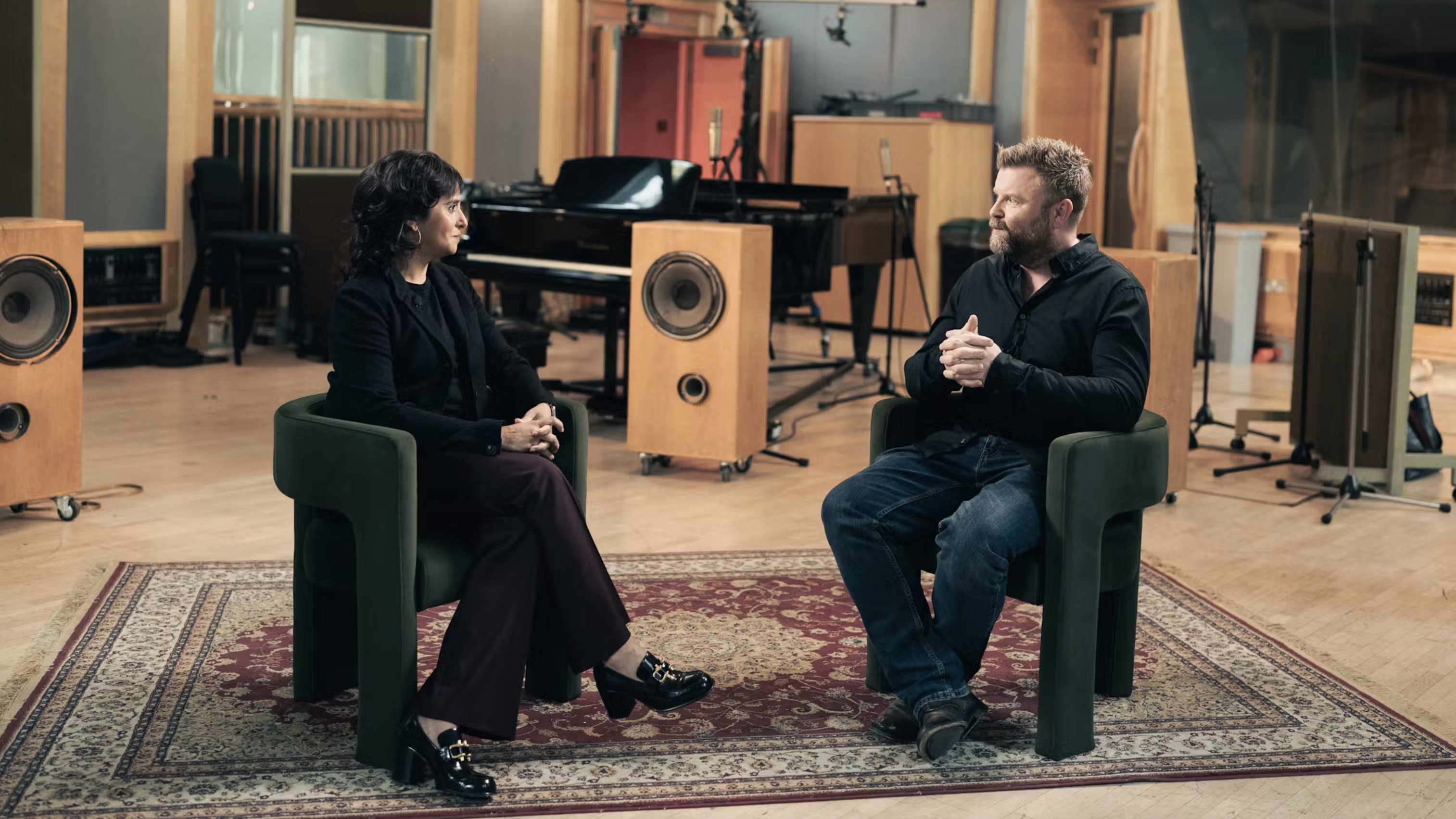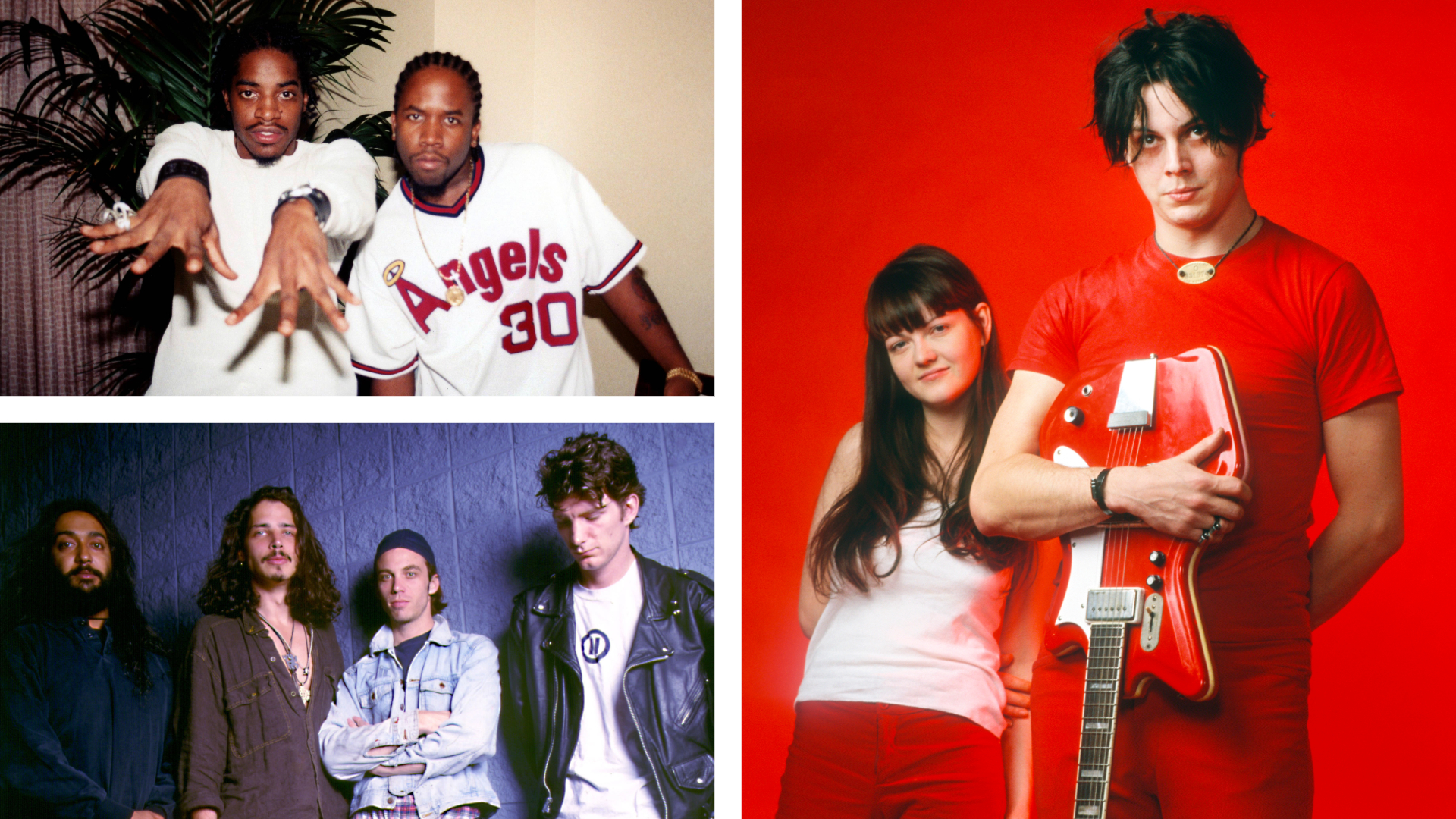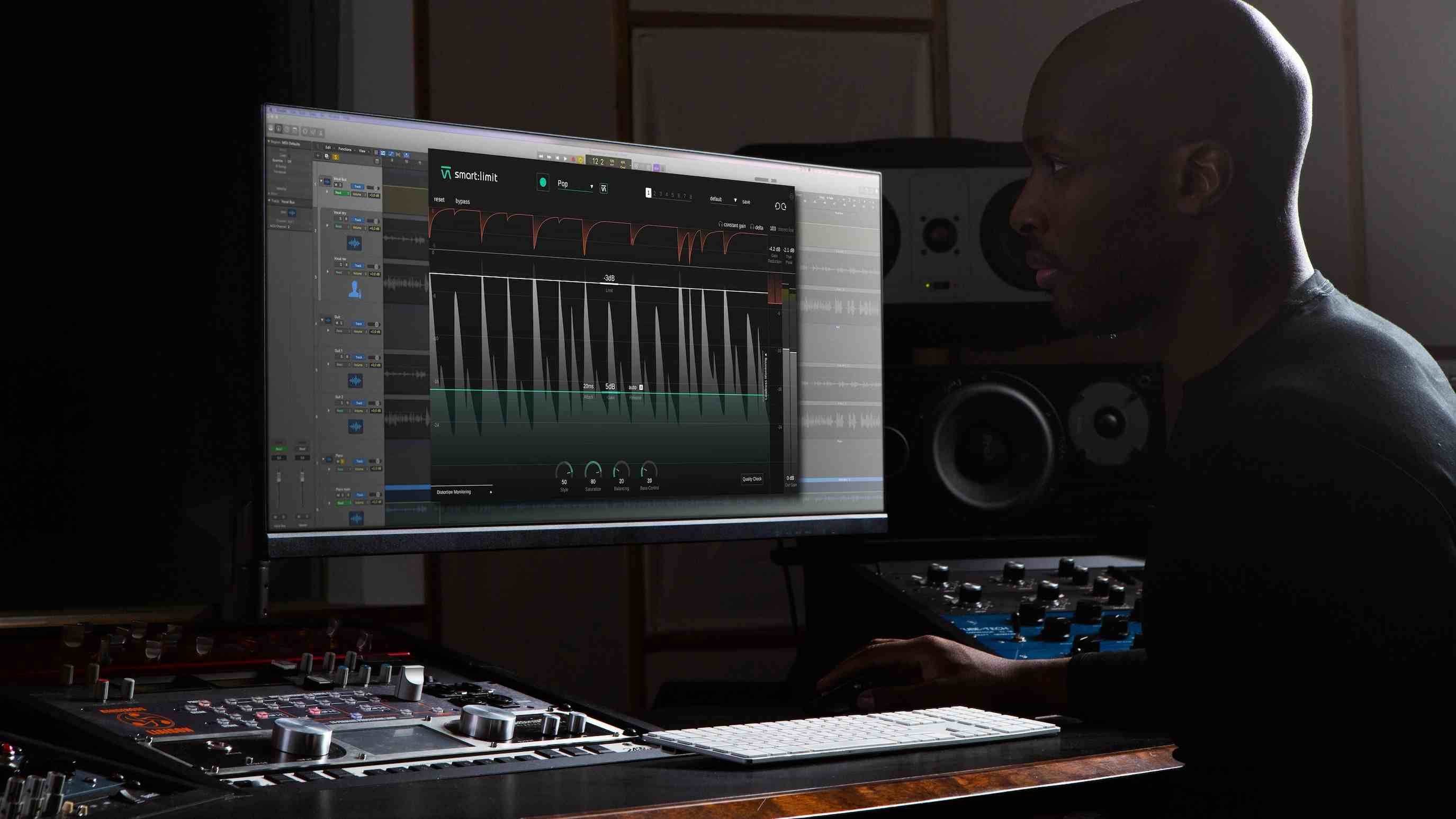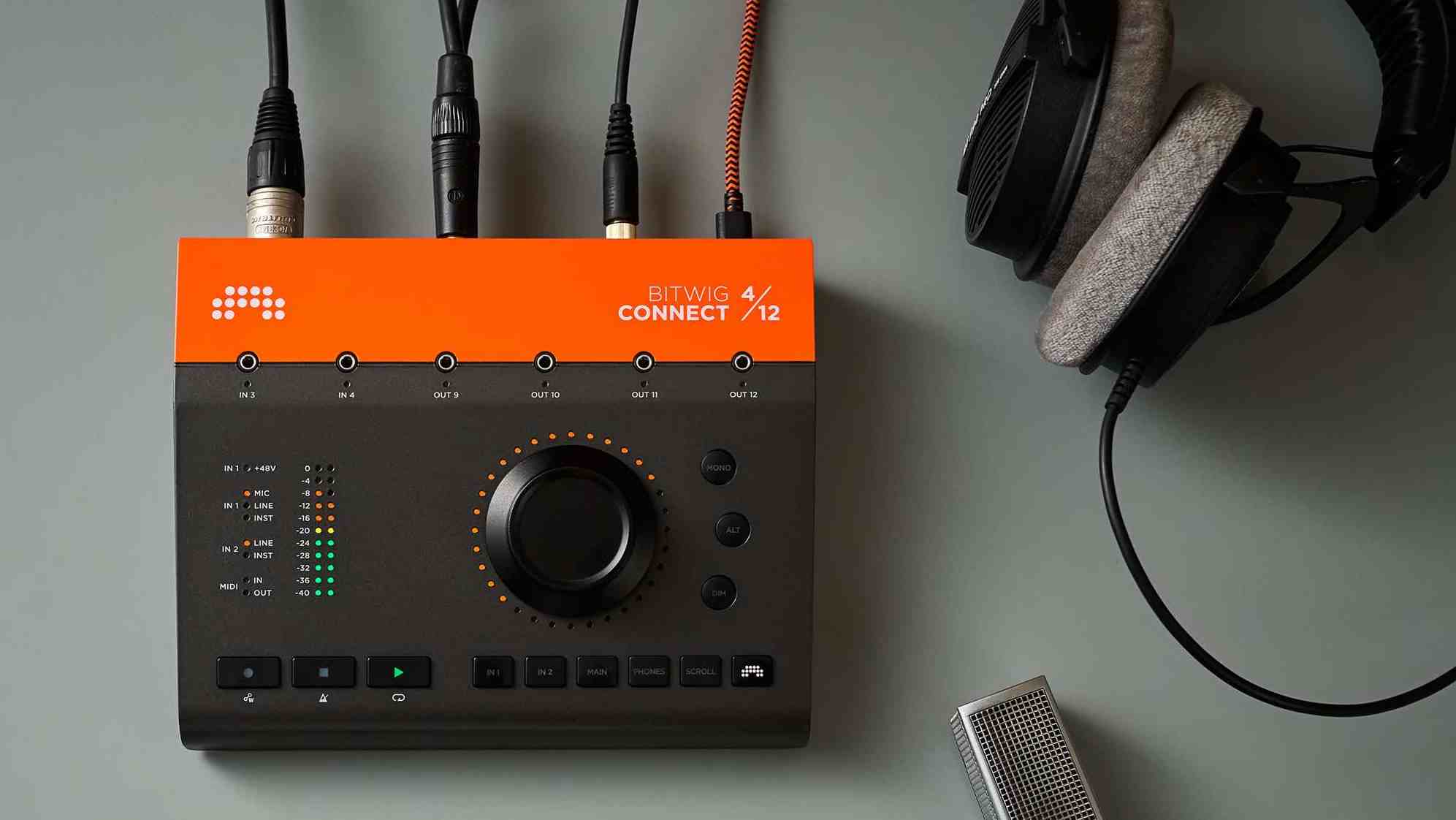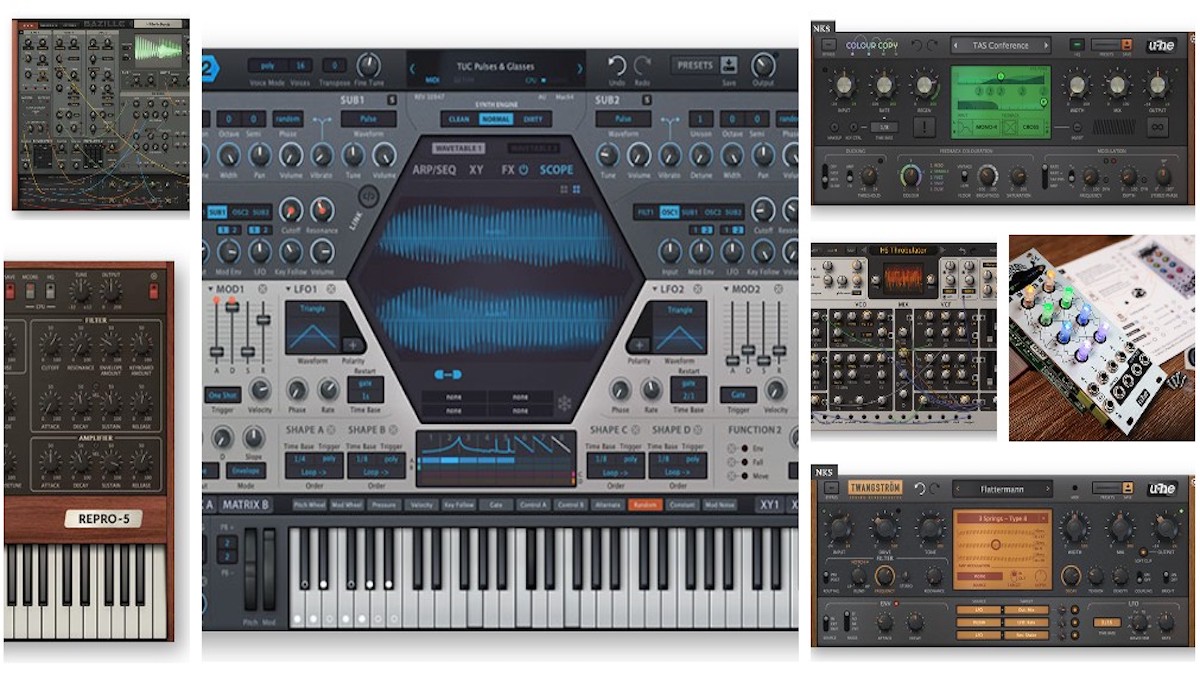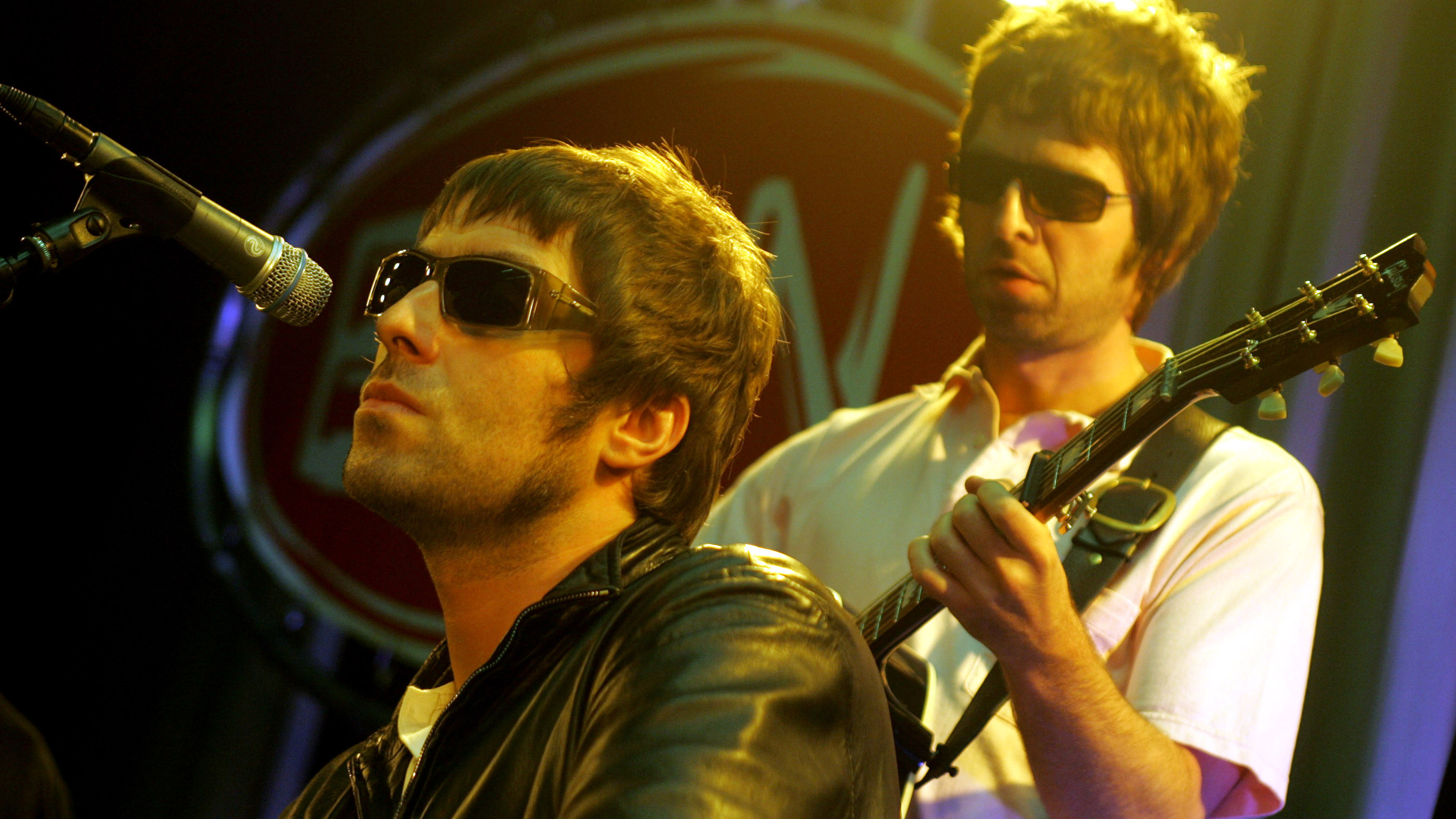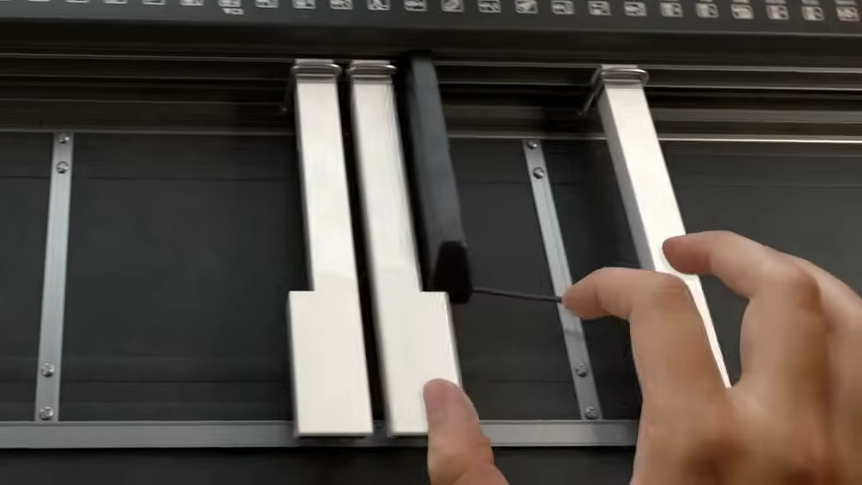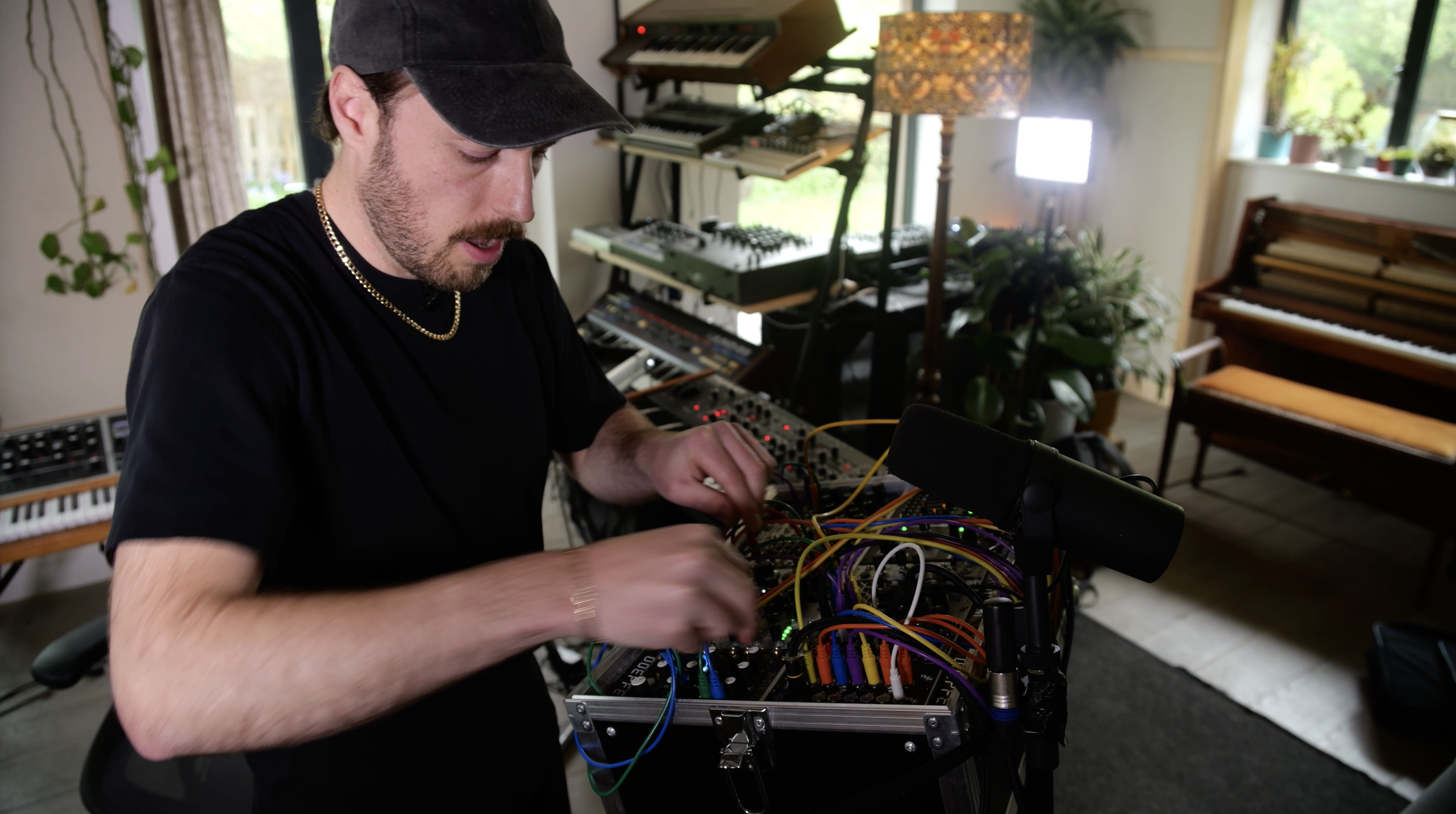Fender’s affordable Hammertone guitar effects pedal range is now available to buy
And all the main stompbox food groups are covered
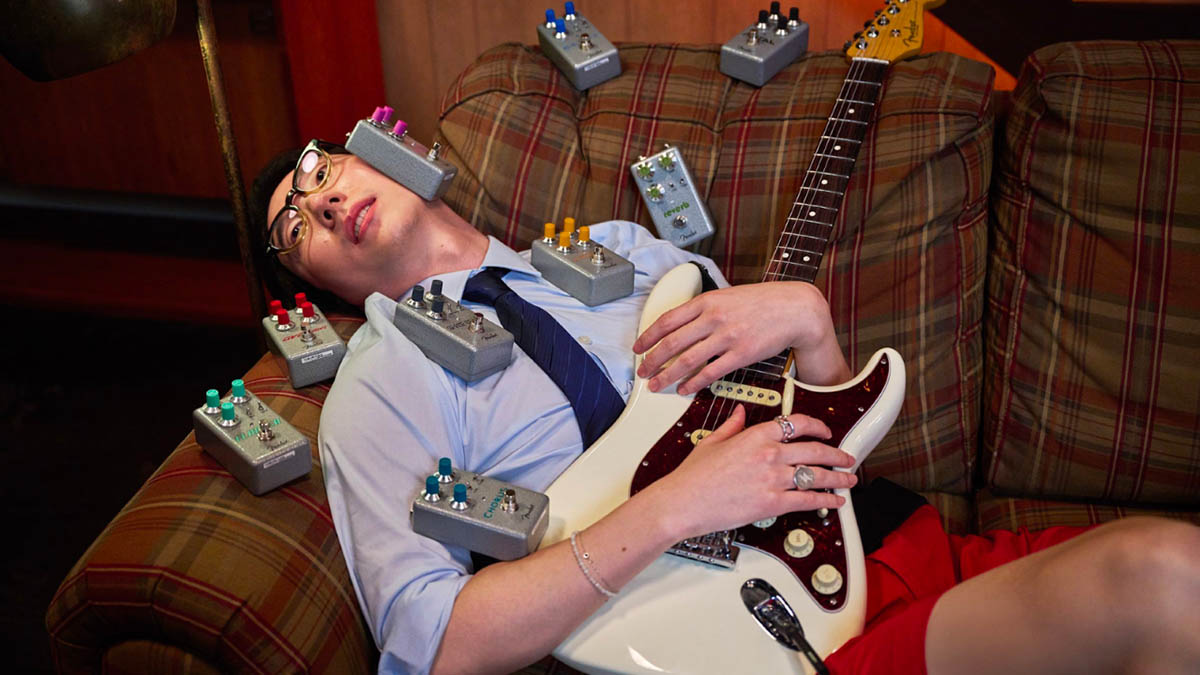
Ever since they were announced in January, Fender’s Hammertone series of guitar effects pedals have been hotly anticipated. Designed by Stan Cotey, this was Fender’s back to basics range, the stompbox with a compact form and a WYSIWYG control set-up, and best of all it offered change from 100 bucks.
Well, today sees their official release, and Fender has shot a quick video introducing each of them. The Hammertone pedals cover all bases. Like the JHS Pedals 3 Series, the Hammertone pedals have functionally to-the-point names. Not great for SEO but ideal for beginner guitar players.
There is the Distortion, which as the name suggests is a distortion pedal. All analogue, it has an active two-band EQ and a gain ranging from “light drive to heavy crunch”.
The Overdrive is another analogue design with controls for Tone, Level, Gain and Pre-Mid Boost. Wait, Pre-Mid Boost, that does sound quite exotic, and in a sense, it is. Or at least, it is imaginative, and practical, and will be your best friend when you need your solos to stand out in a mix.
That is a recurring theme of the Hammertone series – basic doesn’t mean boring. Just check out the Delay; it has controls for Time, Level and Feedback (number of repeats) but with two toggle switches for delay type and modulated delay, it is a compact but potent little stompbox.
The Hammertone Reverb, meanwhile, offers Hall, Room and Mod ‘verbs, a tone switch and a very cool font on the enclosure. The Fuzz is a fuss-free silicon affair with Volume, Tone and Fuzz dials plus a mini-toggle for an octave effect.
Those who find the Distortion a little tame for their tastes might find the Metal more their speed. This is a compact fire-breather with dials for High, Low, Level and Gain.
Get the MusicRadar Newsletter
Want all the hottest music and gear news, reviews, deals, features and more, direct to your inbox? Sign up here.
Fender’s Hammertone Chorus, meanwhile, is described as “glassy, shimmering and bubbly” and has three chorus modes and a Tone switch to help it sit better with your playing. The Flanger is a variation on the theme, and has three modes of resonance allowing you to take it from subtle flanging to more extreme sounds.
Tape warble is on the menu with the Space Delay. You can add modulation to your repeats and change the pattern of the repeats to mimic early tape echo machines with different configurations of tape heads.
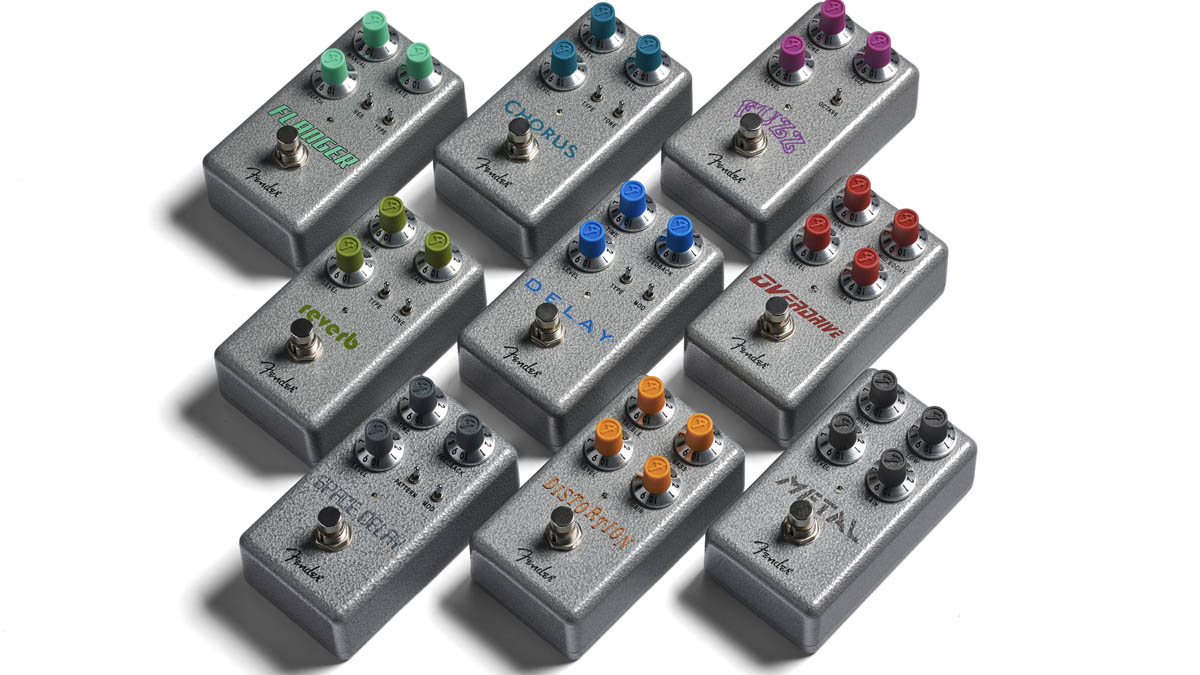
The Hammertone series is available now, priced from £69 / $79. If you are worried that you are running out of pedalboard real estate, Fender might well have you covered here.
Not only do the Hammertone pedals have a compact form factor, those top-mounted jacks make them easier to arrange on your ‘board.
For more information, head over to Fender.
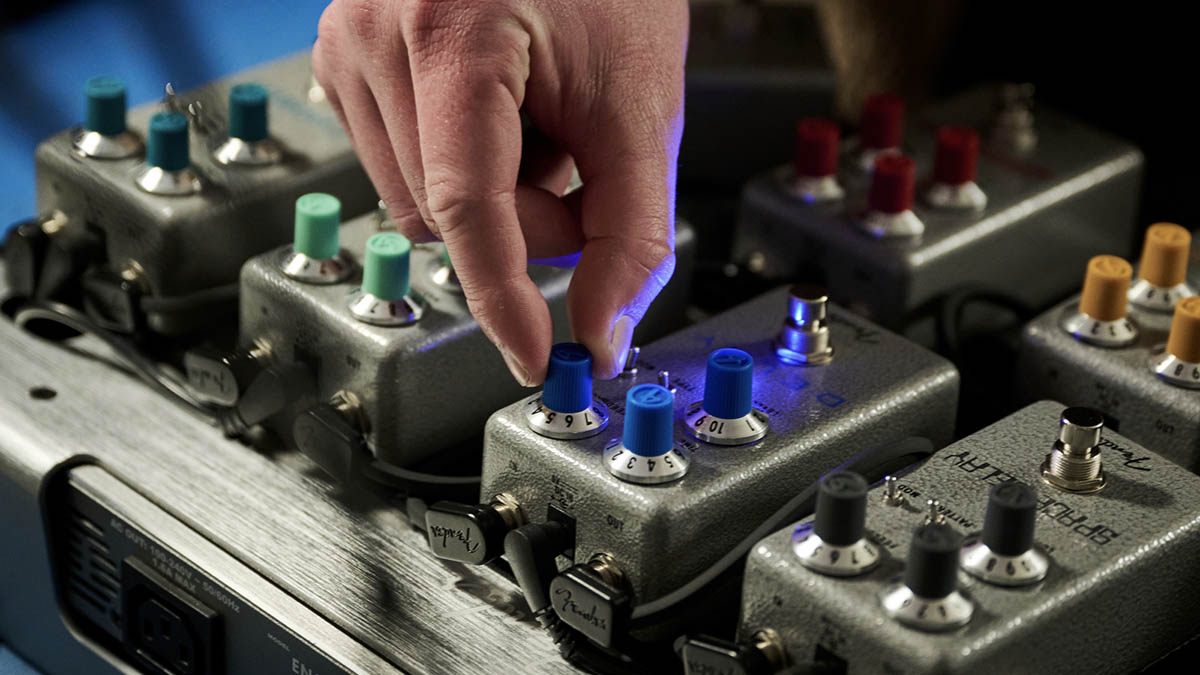
Jonathan Horsley has been writing about guitars and guitar culture since 2005, playing them since 1990, and regularly contributes to MusicRadar, Total Guitar and Guitar World. He uses Jazz III nylon picks, 10s during the week, 9s at the weekend, and shamefully still struggles with rhythm figure one of Van Halen’s Panama.
"The Rehearsal is compact, does its one job well, and is easy to navigate without needing instructions": Walrus Audio Canvas Rehearsal review
“The EP635 delivers the unmistakable high-gain aggression and clarity that Engl fans love”: Engl packs its iconic Fireball head into a compact dual-channel stompbox with onboard noise gate and IR support

